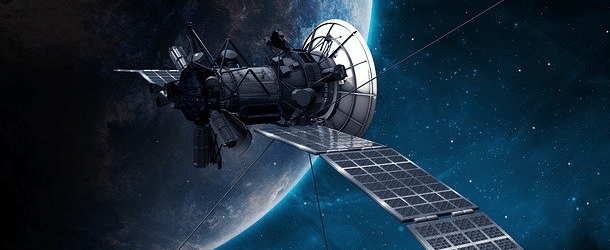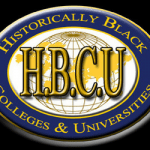Strathclyde and National University of Singapore to co-ordinate quantum communications

(Strath.co.uk.News) The University of Strathclyde and the National University of Singapore (NUS) have signed a memorandum of understanding (MoU) on satellite quantum communications, to pave the way for increased joint experiments between the institutions. IQT-News shares the announcement below.
Under the agreement, the universities will coordinate so that optical ground stations used by the institutions are able to receive signals from satellites operated by each other.
The MoU is designed to build an international team that shares a consensus on the range of wavelengths used in quantum communications experiments from satellites. Frequency coordination efforts of this kind are regularly carried out in conventional communications.
Dr Daniel Oi, Senior Lecturer in Strathclyde’s Department of Physics, said: “This is a tremendous opportunity to demonstrate truly global communications secured through quantum means.”
Associate Professor Alexander Ling, a Principal Investigator at the Centre for Quantum Technologies (CQT) at NUS, said: “Through this MoU, we will ensure that our respective satellites and ground stations can talk to each other so that we can do joint work on quantum communication.”
Previously, Dr Oi and Professor Ling collaborated to develop quantum entangled photon sources suitable for satellites, to translate laboratory systems into miniaturised components capable of functioning under the harsh conditions of launch and orbit, and to enable the development of space quantum technologies.
CubeSats, a standard type of nanosatellite made of multiples of 10 cm × 10 cm × 10 cm cubic units, were used for the rapid development and testing of devices and systems at a much faster rate and lower cost than traditional space engineering programmes. The team’s work culminated in the launch of the nanosatellite SpooQy-1 in 2019. This work has inspired similar CubeSat space quantum technology projects worldwide.
A Quantum Technology Cluster is embedded in the Glasgow City Innovation District, an initiative driven by Strathclyde along with Glasgow City Council, Scottish Enterprise, Entrepreneurial Scotland and Glasgow Chamber of Commerce. It is envisaged as a global place for quantum industrialisation, attracting companies to co-locate, accelerate growth, improve productivity and access world-class research technology and talent at Strathclyde.
The University of Strathclyde is the only academic institution that has been a partner in all four EPSRC funded Quantum Technology Hubs in both phases of funding. The Hubs are in: Sensing and Timing; Quantum Enhanced Imaging; Quantum Computing and Simulation, and Quantum Communications Technologies.
Sandra K. Helsel, Ph.D. has been researching and reporting on frontier technologies since 1990. She has her Ph.D. from the University of Arizona.





















